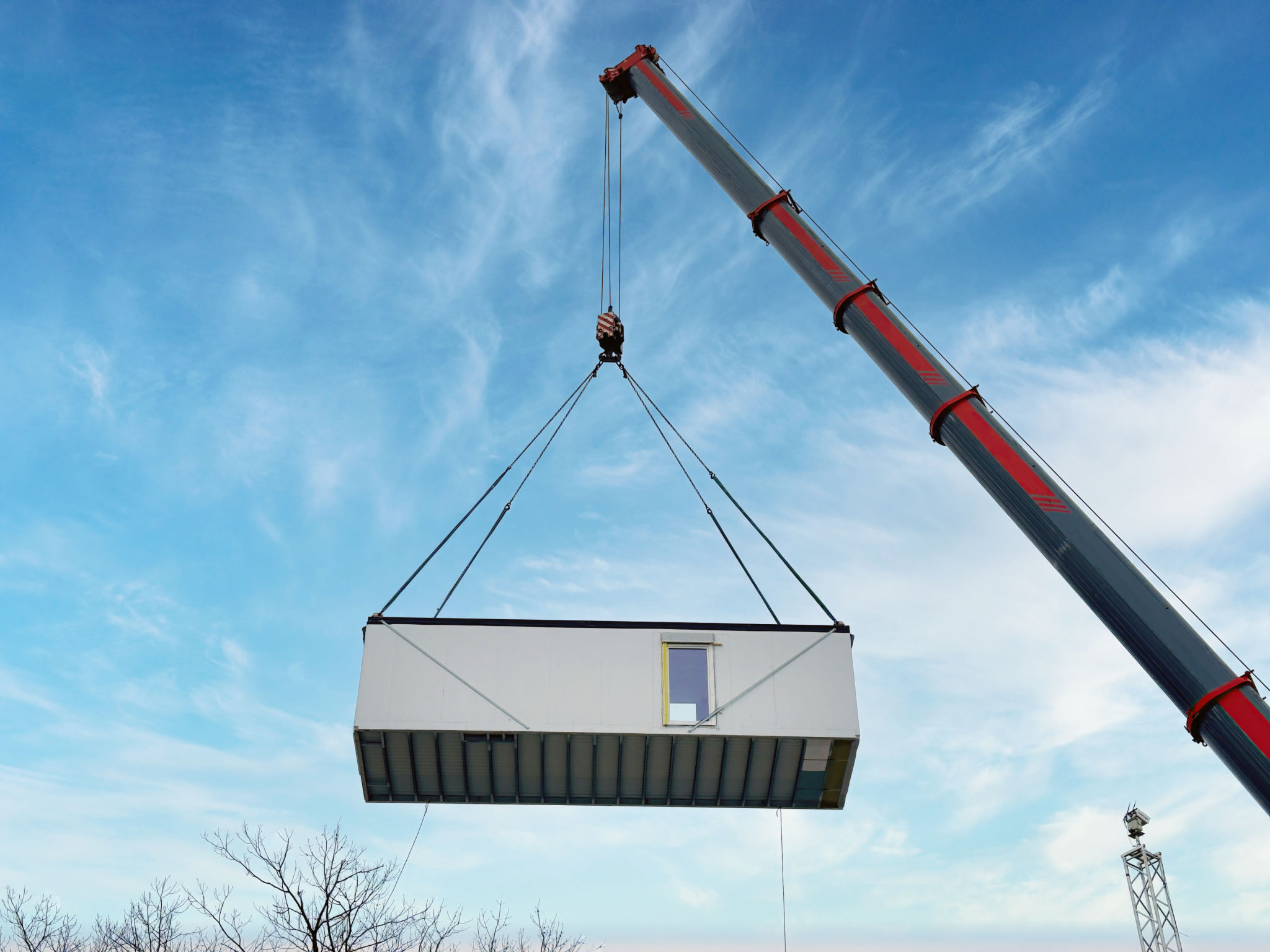Innovative Trends in Bio-Swale Projects: What’s New and Effective
Understanding Bio-Swales and Their Importance
Bio-swales are engineered landscape elements designed to manage water runoff, filter pollutants, and enhance the aesthetic appeal of urban and suburban environments. As stormwater management becomes increasingly critical in addressing flood risks and water quality issues, bio-swales offer a sustainable and visually pleasing solution. These systems mimic natural processes by capturing, channeling, and treating runoff through vegetation and soil media.
In recent years, bio-swale projects have seen several innovative trends aimed at improving their efficiency and effectiveness. These advancements not only enhance the functional benefits of bio-swales but also contribute to their adaptability in various environmental settings.

Advanced Design Techniques
Integrating Smart Technology
One of the most exciting trends in bio-swale projects is the integration of smart technology. Sensors and IoT devices are being employed to monitor water levels, soil moisture, and pollutant concentrations in real-time. This data-driven approach allows for precise management of bio-swales, ensuring they perform optimally under varying weather conditions.
Additionally, smart technology facilitates predictive maintenance, where potential issues can be identified and addressed before they become significant problems. This proactive approach not only increases the lifespan of bio-swales but also reduces maintenance costs.
Innovative Plant Selection
Another trend is the use of diverse plant species that are native to the area where the bio-swale is implemented. These plants are not only better suited to local climates but also support biodiversity by providing habitats for wildlife. The selection of deep-rooted plants enhances the filtration and absorption capabilities of bio-swales, making them more effective in managing stormwater.

Materials and Construction Innovations
Permeable Materials
The use of permeable materials in bio-swale construction is gaining traction. Permeable concrete, pavers, and other materials allow water to pass through, reducing surface runoff and encouraging groundwater recharge. These materials are particularly beneficial in urban settings where impervious surfaces dominate.
Furthermore, advancements in material science have led to the development of biochar-amended soils that improve pollutant removal efficiency. Biochar, a carbon-rich material obtained from biomass, enhances soil structure and increases its capacity to retain nutrients and water.
Modular Systems
Modular bio-swale systems are becoming popular for their flexibility and ease of installation. These systems can be prefabricated off-site and quickly assembled on-site, reducing construction time and disruption. Modular designs also allow for easy expansion or modification as needs evolve over time.

Community Engagement and Education
An often-overlooked aspect of bio-swale projects is the role of community engagement. Successful projects incorporate educational components that inform residents about the benefits of bio-swales and how they contribute to environmental sustainability. Workshops, signage, and interactive displays can all play a part in fostering community involvement and support.
The inclusion of art in bio-swale design is another trend that helps bridge the gap between functionality and aesthetics. Artistic elements not only beautify these spaces but also increase public awareness and appreciation for sustainable infrastructure.

The Future of Bio-Swale Projects
As climate change continues to challenge our existing infrastructure, the role of bio-swales in urban planning will only become more crucial. Innovations in design, materials, and technology are paving the way for more resilient and effective bio-swale systems. By embracing these trends, cities can enhance their stormwater management strategies while simultaneously promoting ecological health and community well-being.
In conclusion, the future of bio-swale projects looks promising with numerous innovative trends reshaping how we approach water management in urban environments. By staying informed about these developments, stakeholders can make informed decisions that benefit both people and the planet.